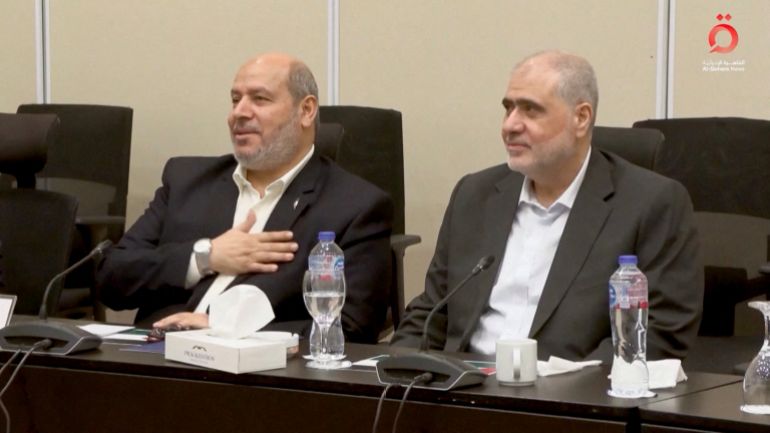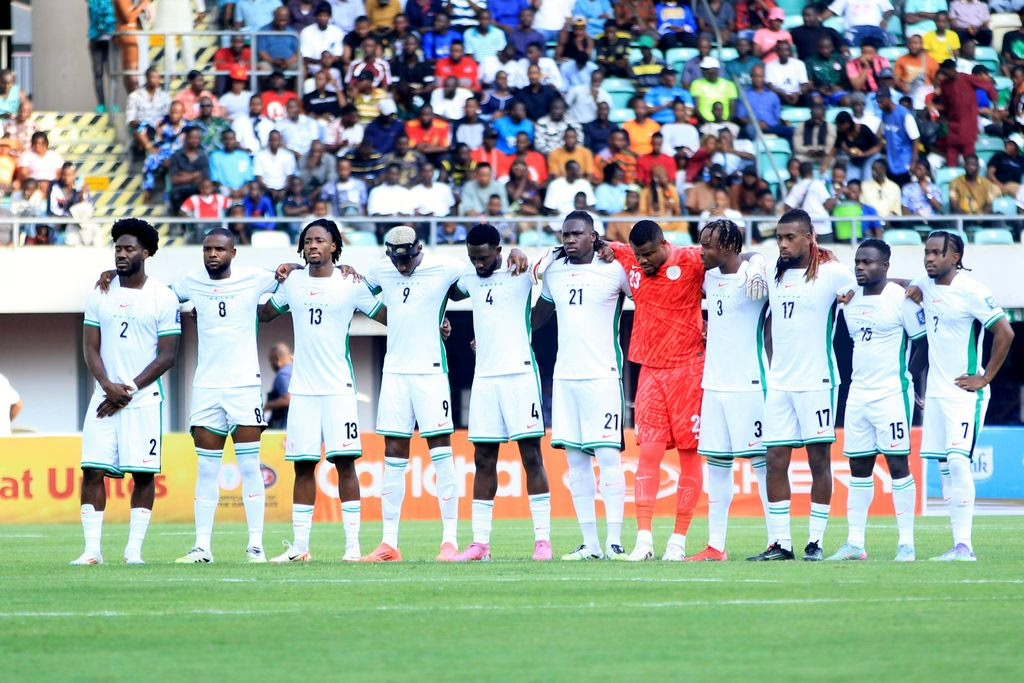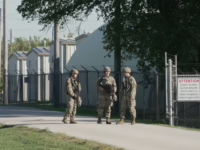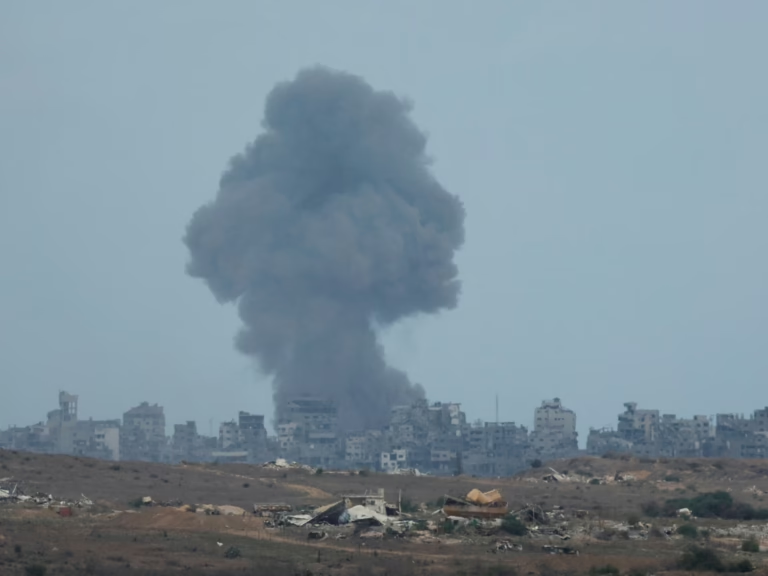Israel’s cabinet expected to approve ceasefire deal tonight, with truce set to begin within 24 hours, according to Israeli officials.
Published On 9 Oct 2025
The Israeli government has officially endorsed the final version of a ceasefire agreement with Hamas, marking the first step toward halting the ongoing conflict in Gaza that has resulted in over 67,000 Palestinian casualties in the past two years.
According to Israeli spokesperson Shosh Bedrosian, the signing took place earlier Thursday in Sharm el-Sheikh, Egypt, following three days of intense diplomatic discussions held in the city.
This accord represents the initial phase of a broader 20-point peace initiative proposed by former U.S. President Donald Trump. It stipulates the release of the remaining Israeli hostages held in Gaza-estimated to be around 20 individuals believed to be alive-within 72 hours, in return for Palestinian detainees. Additionally, the deal requires Israeli forces to withdraw to a mutually agreed boundary, as outlined by Trump.

Bedrosian confirmed that the ceasefire will be activated within 24 hours after Israel’s cabinet formally approves the agreement later this evening. Following this initial period, the countdown for the release of Israeli captives will commence, lasting 72 hours.
She also emphasized that Israel does not intend to free Palestinian leader Marwan Barghouti as part of the prisoner exchange, a decision likely to provoke Palestinian dissent. Furthermore, she asserted that even after the troop withdrawal, Israel will maintain control over more than half of Gaza’s territory.
Lingering Disputes
Marwan Bishara, senior political analyst at Al Jazeera, noted that while the “first segment of the first phase” of the ceasefire is progressing, significant disagreements persist between Israel and Hamas. Key unresolved issues include the exact timing and extent of Israeli troop withdrawals, the composition of Gaza’s post-conflict governance, and Hamas’s future role.
The subsequent phase, still under negotiation, is anticipated to involve a complete Israeli military withdrawal, the disarmament of Hamas, and the establishment of new security and administrative frameworks within Gaza.
Relief and Cautious Optimism in Gaza
The announcement of the ceasefire has been met with global approval. United Nations Secretary-General Antonio Guterres expressed readiness to enhance humanitarian aid and accelerate reconstruction efforts in Gaza.
For the people of Gaza, this agreement offers a much-needed pause after two years of relentless Israeli military operations and severe restrictions on aid, which have caused widespread famine and the deaths of tens of thousands-conditions that many experts and a UN investigation have classified as genocidal.
“Upon hearing the ceasefire news, families in Gaza erupted in celebration after enduring years of destruction, displacement, and shattered hopes,” reported Al Jazeera’s Gaza correspondent Tareq Abu Azzoum. “There is a profound yearning among residents to reunite with missing relatives and to find space to grieve their losses.”
Nevertheless, some experts warn that this ceasefire is only a preliminary step and does not guarantee lasting peace.
“This agreement addresses only the initial phase-primarily the exchange of prisoners and halting large-scale violence, while allowing increased humanitarian access,” explained Middle East analyst Omar Baddar. “However, it remains uncertain whether the violence will resume or if Israel will permit Gaza’s reconstruction. These questions loom large over the future.”






















